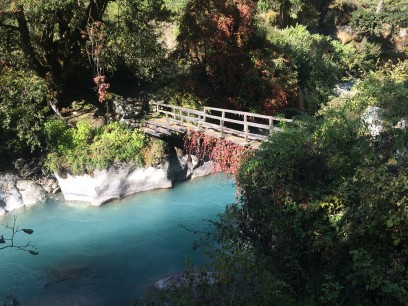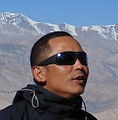

Perhaps you already know where and when you want to go on your trip. Or, maybe you want to go trekking but want help figuring out where to go, what type of trek, and for how long. Either way, I can answer any questions you may have, and help you plan and customize your trip to your liking.
Treks can last from several days to several weeks or longer, and can be easy or challenging. For longer treks it's always good to have an extra day or two at the end, in case they're needed (plan for the unexpected).
While Nepal is known for the highest mountains in the world, there are also wonderful treks with spectacular views in the lower sub-tropical hills. (Nepal's latitude also passes through Florida, Morocco, and Kuwait).
There are many types of treks to consider:
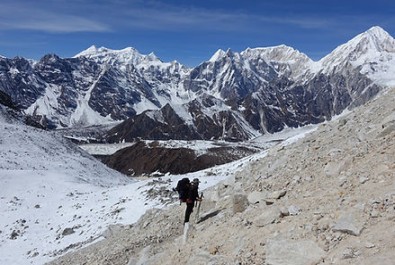
These types of treks are often combined into an overall itinerary, which can be fixed or flexible. Whatever type of trek you choose, I can help you match the trek to your schedule and budget. I specialize in helping you customize your trek to match your style and needs.
I can also help you plan any sightseeing or visits to other areas of Nepal, which you may want to combine with your trek. This can include, for example:
You may also want to consider any Nepali festivals taking place during your trip. A festival can also mean reduced services, which should be planned for.
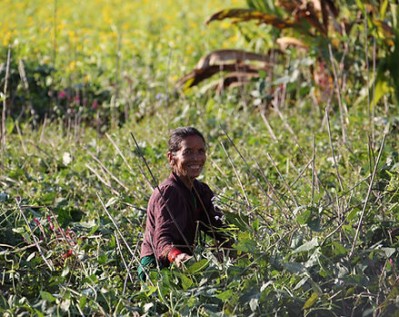
Once you have planned the schedule and budget for your visit to Nepal, here are some of the logistics I can help with:
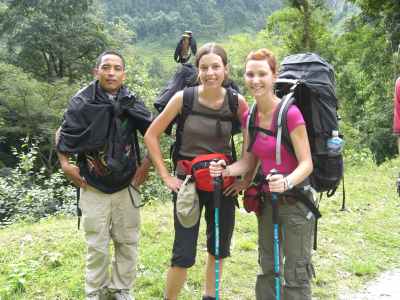
Once we are on the trail, I can handle the day-to-day logistics during the trek:
See the FAQ Page section on my Trekking Guide Services.
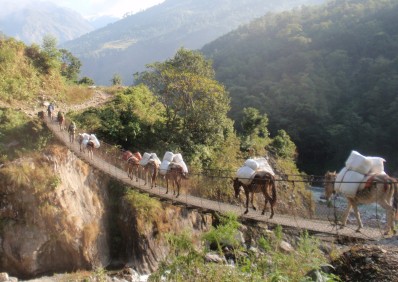
Typically I arrange my services with you through an exchange of emails. I will gladly answer your questions and help you to consider options and make any decisions about your trip. Together, we can work out a plan for where you want to go trekking, when you want to start, for how long, and what services you want. If you already know where and when you want to go, then I can confirm if I am available, and will let you know of any additional options or logistics to consider.
We can also talk on the phone as desired while engaging my services.
See the FAQ Page section on my Trekking Guide Services.

I try to keep my prices as reasonable as possible, while assuring that you will have a worry-free and totally enjoyable trek and trip. One advantage of working with an independent guide is that you typically pay less than you would with a big trekking agency.
Trekking can be a relatively inexpensive part of your visit to Nepal. For many visitors, getting here is the largest cost for your trip. The actual costs during a trek can be relatively small, though this depends on the length of your trek and your trekking style.
I do not charge for the initial trip planning. Once I know the size of your group and understand the trek you want to take, and any other sightseeing or touring you would like me to arrange, I will give you a cost quote for your trip. I will provide you with an itemized list of the services to be included.
Normally I will give you an "all inclusive" quote for the cost of all services, including the cost of lodging and meals along your trek. This way you can eat all you want, and do not need to worry about the cost of meals during your trip.
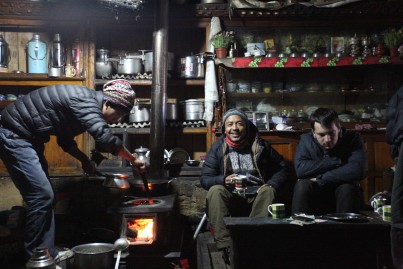
There are no hidden costs to your trip. The fee includes the cost for food and lodging for myself and any other trekking staff. However, the following items are generally not included in my fee:
If you choose to hire me, I will ask you to provide a retainer to secure required permits and reservations for your initial stay. The balance can be paid after you arrive. Many clients bring cash for my payment, and I can often accept foreign currency. International payments are typically made by bank transfer or by Western Union.
